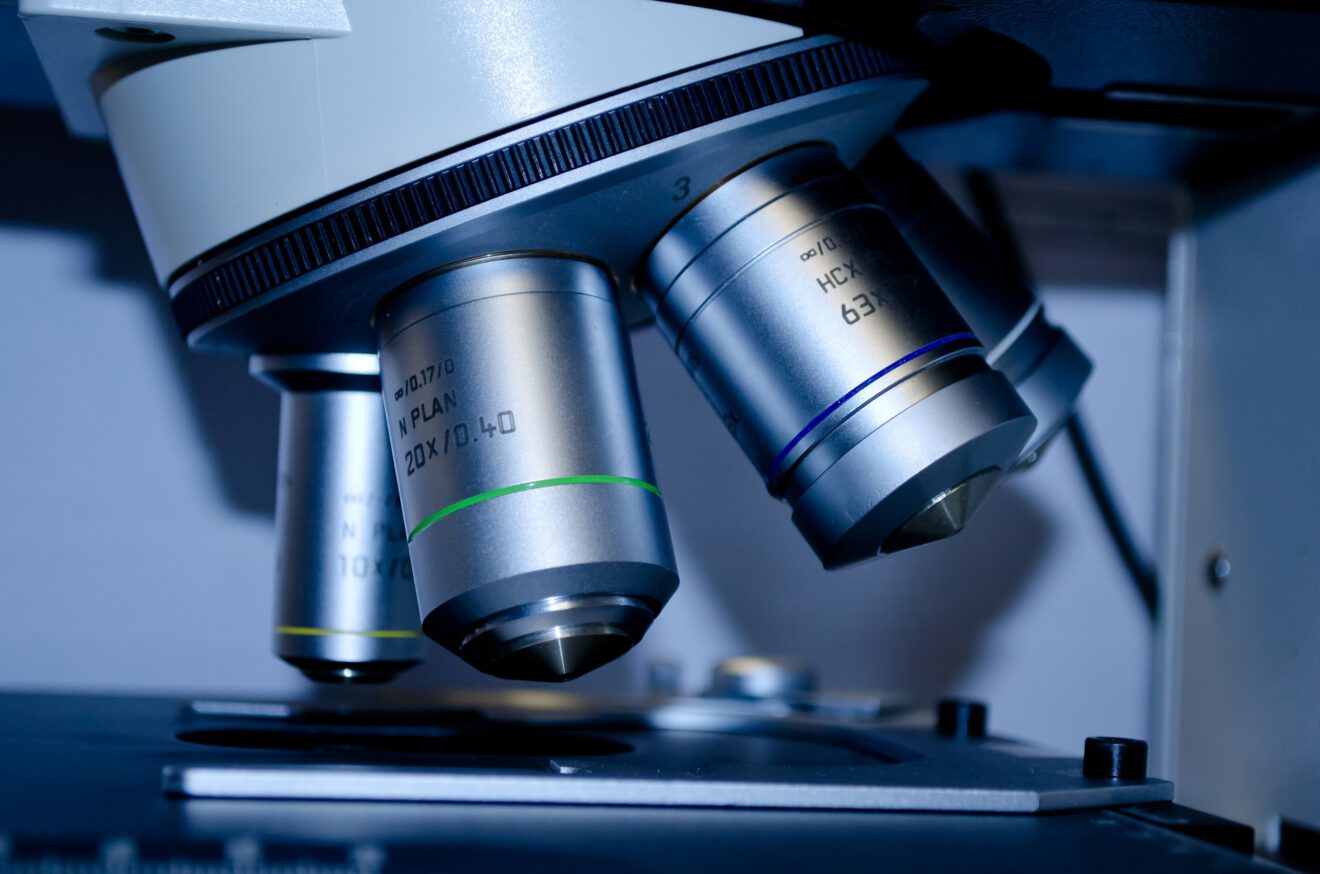From the early controversial cloning of animals to the recent developments that allow the brain to fully control robotic limbs, biotechnological advances are a clear indication of the role technology plays in furthering medicine. The same pattern is holding true for career and technical education.
In general, enhanced application of technologies in science, technology, engineering and math fields are driving a greater demand for qualified specialists in some areas more than others. In particular, the application of technology in medicine has produced some of the greatest breakthrough discoveries of recent years. These breakthroughs have saved countless lives and provided a higher quality of life for many. Specialization, however, requires competency, and no other segment of education is better able to provide competency-based education than CTE.
The unraveling of discoveries afforded through biotechnologies is reflected in the competency-based program offerings in CTE. Numerous CTE institutions either have taken steps — or are currently pursuing ways — to streamline health and technology programs consistent with the labor market to ensure the preparation of a qualified workforce. As the demand for a qualified workforce in STEM fields continues to rise, CTE is responding appropriately by supplying competent individuals to meet that demand. In fact, CTE institutions (spurred by legislation in many states) are encouraged to attract students in areas with the most growth and foster work-based learning relationships with businesses in those industries.
The impact of biotechnology is dramatically changing how CTE is delivering competencies in health sciences. The matching of school and work activities is preparing students to sharpen their skills in college and apply them in career employment. Regardless of the direction students pursue, the growing breadth and depth of student competencies in biotechnology is only going to increase their opportunities for employment in health science fields as the applications for biotechnologies become virtually limitless.
Indrit Vuçaj is a graduate teaching assistant with the School of Teaching and Curriculum Leadership at Oklahoma State University’s College of Education. This blog post is a content collaboration with ACTE and the Educators in Action blog.
____________________________________
Like this article? Sign up for Career Tech Update SmartBrief to get news like this in your inbox, or check out all of SmartBrief’s education newsletters, covering career and technical education, educational leadership, math education and more.
